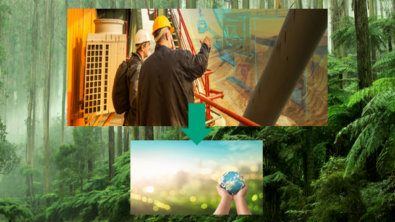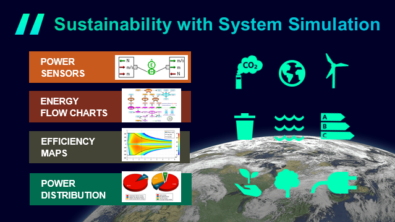Industry 5.0 already???
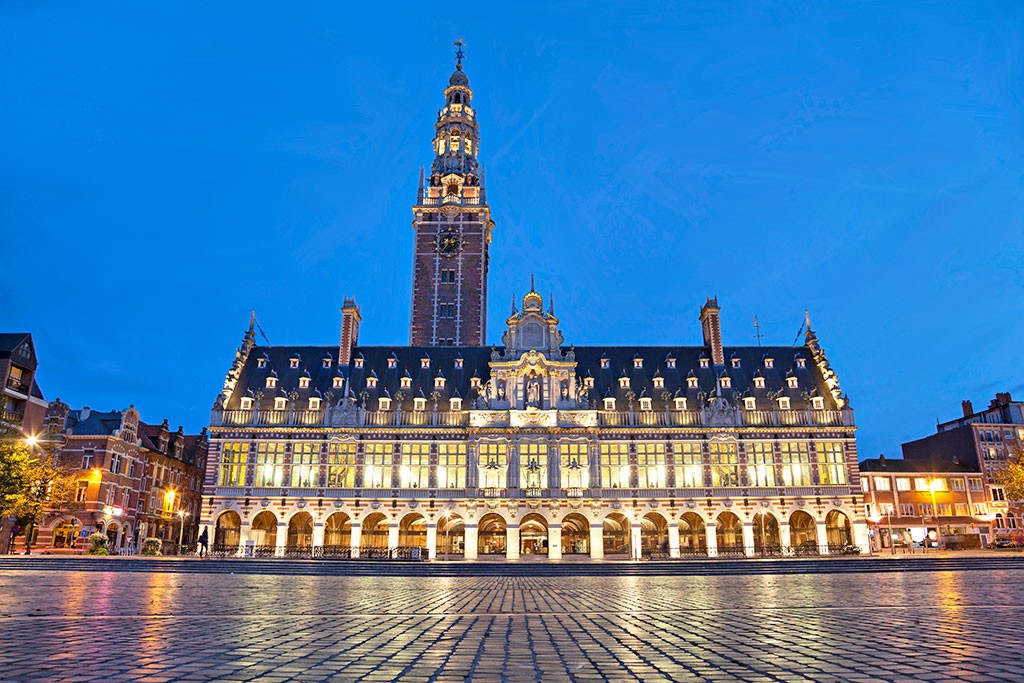
We spoke to KU Leuven industrial research manager Dr. Bert Pluymers to see what this all means for the future of engineering.
Industry 5.0 already???
Industry 5.0 already??? Strictly speaking, Industry 5.0 is another buzzword. But it does encompass a couple of our major Simcenter trends like digitalization, sustainability, innovation and AI. And the fact that we are already talking about Industry 5.0 is proof that thanks to or because of the pandemic, digitalization has us all moving at lightening speed. Or to quote futurist Ben Hammersley, “The future has just happened…”
Maybe Ben Hammersley is right and we have zoomed right into Industry 5.0. But what exactly is Industry 5.0 and why do we need to keep on eye on it?
Policy wonks out there will know that the EU is a key driver of Industry 5.0. Designed to build on Industry 4.0 developments, 5.0 is all about human-centricity or, in other words, keeping the focus on: us.
The gist of Industry 5.0 in Europe is all about keeping the focus on the human-side of industry when it comes to digitalization and AI; making the European workforce digitalization savvy with retraining and up-skilling; moving towards a greener, more sustainable and circular economy and finally speeding up investment in research and innovation. So, by keeping the focus on people, Industry 5.0 will help Europe prosper, taking the lead in both digital and green societal transitions. Not a bad concept, if I say so myself. (BTW: if you are a policy wonk who isn’t in the know, the full EU 5.0 spiel can be read here.)
Industry 5.0 is upon us
Looking at the topics on the agenda for 2022, I have to agree that it does seem that Industry 5.0 is upon us. Just think about it. Look at all the “new normals” that evolved the past year or so: AI, autonomous machines, a serious green revolution, a more-inclusive society, a more digital society, e-school, WFH (remember that is working-from-home, folks), data analytics, self-learning algorithms, neural networks….
With this in mind, it is time to talk Industry 5.0. And how engineering will need to converge even more with the sustainable, digital, intuitive and inclusive society that will house Industry 5.0. This task rests firmly on the shoulders of the next generation of engineers. Let’s jump right into the subject at hand and talk to Dr. Bert Pluymers from KU Leuven in Belgium to see how a major university is tackling topics like advanced simulation and testing and Industry 5.0 themes.
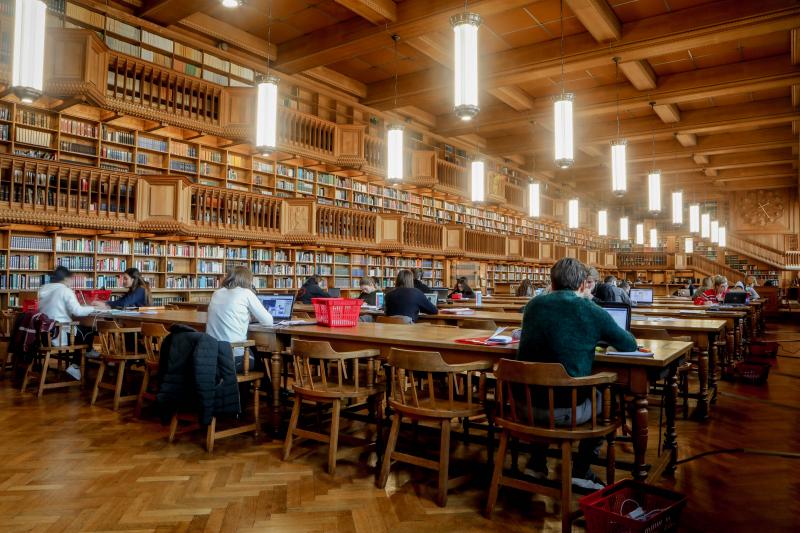
Back to school with Simcenter
Last year as part of our Simcenter in Academia series, we took a few moments to talk with Dr. Bert Pluymers, Senior Industrial Research Manager at the Department of Mechanical Engineering at KU Leuven. The fact that Simcenter is taught at KU Leuven in Belgium as a standard isn’t surprising. Historically, KU Leuven has always had a close relationship with Siemens and Simcenter. And that seems to be the case as well for the future.
What was simulation and testing like when you started?
In the 1990s, we were trying to use the digital tools we had at the time, like data acquisition and analysis tools for measurements and first steps into simulation with approaches like finite and boundary element modeling. We did research about how to best exploit the potential of these techniques to help design and analysis engineers make better products.
What happened next?
As we moved towards the year 2000 and the early 00s, digitalization was standard in product design and the world of simulation expanded. This lead to multi-attribute design and product optimization. It wasn’t sufficient anymore just to design a product with, for instance, an adequate noise and vibration stamp. You had to include the control logic behind it, controlling the noise and vibration elements and blending it with the performance attributes. Around 2010, manufacturability, energy efficiency, ecology and material usage all became more and more important as well.
How did the market evolution affect your work at KU Leuven?
As researchers, this pushed us to evolve from just looking at noise and vibration optimization towards a full system assessment of the dynamic behavior. We had to figure out how to optimize between conflicting behaviors in performance, user safety and interaction, and environmental impact.
Could you give an example?
If you take the dynamic behavior of a mechanical system as an attribute, it plays a pivotal role in performance. For example, the quicker your weaving loom can make fabric, the higher production you will have. But, in this case with weaving looms, not only does the dynamic behavior put a practical limit to the speed the loom can work, due to excessive vibration levels at higher speeds, there are also very important aspects related to human health and operator interaction. Constant exposure to excessive noise and vibration levels can be very detrimental to humans. The World Health Organization considers noise as the second most dangerous pollutant in Western Europe, right behind air pollution.
Towards a more sustainable future
And what about “green” engineering?
Because of the environmental impact, there has been a trend towards lightweight materials and structures to reduce transportation and production emissions. There is a lot to take into account these days. As engineers we need to move away from component-level design and optimization toward full-system assessment and optimization where dynamics are still key drivers.
As engineers, we need to move away from component-level design and optimization toward full-system assessment and optimization where dynamics are still key drivers.
Dr. Bert Pluymers, KU Leuven industrial research manager
So this is where Industry 5.0 steps into the picture?
Actually we are moving quickly toward Industry 5.0 because the human is always there. We are making machines and products that humans will sit, move with or operate. Engineering will have to become more human-centric.
AI and Industry 5.0
One hot Industry 5.0 topic is AI.
Everything today indeed is AI. For most people, it is a buzzword and dream scenario that solves every problem. In reality, it is not that simple. AI for us means making use of algorithms developed by some very smart people, and taking these algorithms into a real-life application context, like manufacturing using real data.
You make AI sound easy.
It is not. The issue with AI today is real data. Artificial data is abundant today and real data is quite scarce, especially real data which holds information about key events and which is labelled accordingly. We are working on two ideas to try to use AI within this context of limited data to get more information. In short, this is AI 4 digital twins and digital twins 4 AI.
Can you explain that a bit more?
To start, I might mention the shortage of data. If you look in many sectors, like economics, healthcare, or finance, data is not scarce. You have as much data as you want. But in mechanical engineering, it is not that easy. Especially finding data when you really need it, like when a bearing is failing or a shaft is cracking. In these cases, you don’t have many data points.
With digital twins for AI, we use digital twins to generate artificial data to train our AI algorithms in a more stable manner. In a second way, AI for digital twins, we are using AI is to represent parts in our digital twins – parts that are very difficult to capture by using physical models. There are cases where you can’t capture everything in a physical model, but if you have some good data sets maybe with AI you can extract some type of “surrogate” model to represent that part of the digital twin.
Teaching complex engineering concepts
These are quite complex concepts. How do you teach these ideas?
We are trying to push these concepts into education. For example, we are launching a new Masters-after-Masters (MAMs) educational program, which we will launch on Smart Operations and Maintenance in Industry. This is not just for recent graduates to further deepen their knowledge, not, it is also focused towards people already working in an industrial operations and maintenance context so they can come back after starting to work for a few years and take a deep dive into what Industry 5.0 will bring to the picture. The program is to start in 2022 as a post-graduate and in 2023 as a full MaMs program.
Continuous education is going to be the new normal, then?
Yes, no question about it. Permanent education or the triple L (Life-Long-Learning) is going to be high on the academic agenda as a whole. When you look at the manufacturing industry across Western Europe, all these industry X.0 revolutions are very nice, but in the end, you have to make use of the factories and the people that you have today. You can’t just build a new factory. That is almost impossible in Western Europe. You have to refurbish existing factories and re-skill your people. This is why these MAMs and post-graduates degrees are gaining attention.
Permanent education or the triple L (Life-Long-Learning) is going to be high on the academic agenda as a whole. When you look at the manufacturing industry across Western Europe, all these industry X.0 revolutions are very nice, but in the end, you have to make use of the factories and the people that you have today. You can’t just build a new factory. That is almost impossible in Western Europe. You have to refurbish existing factories and re-skill your people.
Dr. Bert Pluymers, KU Leuven industrial research manager
Leuven was named European Innovation Capital 2020. Why is the city such as hub for innovation?
In my opinion, it is multiple elements coming together in a perfect mix. You have the university itself, which internally breathes an atmosphere of innovation. You have some more entrepreneurial researchers who in turn over the years have created an ecosystem of innovative Spin-Off companies around the university like Siemens, Materialise, SoundTalks and others. They breathe this innovation-minded spirit as well. And thirdly you have players like Imec and Flanders Make who have located in the area because things are happening here. All those elements in the right combination make Leuven an interesting place.
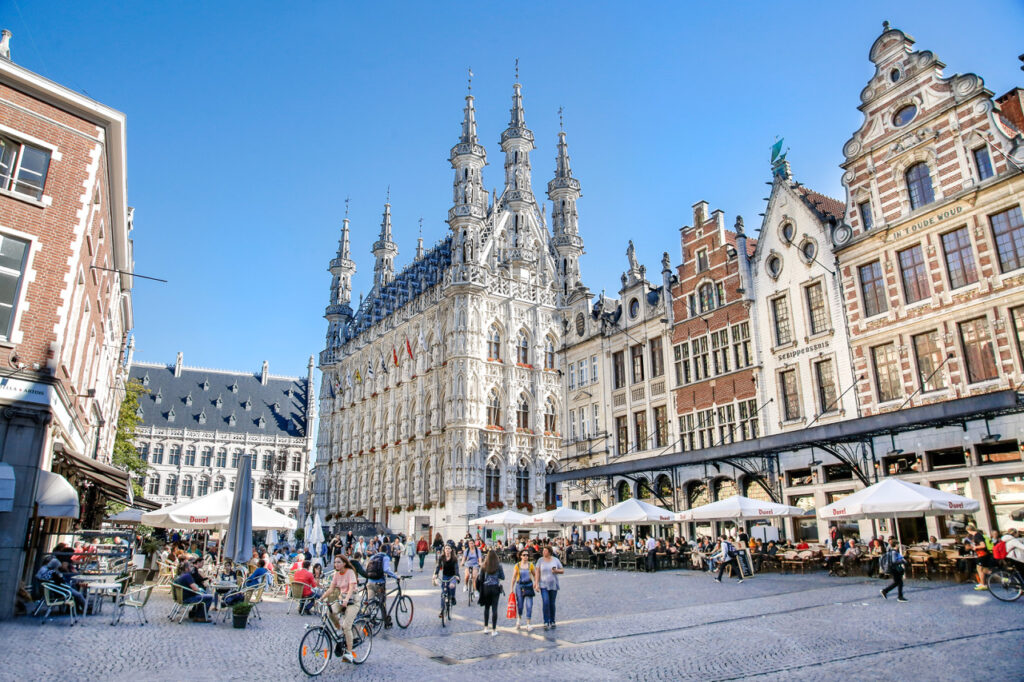
What does the prospective job market look like for students?
You can’t generalize this for every educational degree or student. But for our 2020 mechanical engineering students, almost all of them signed a contract or had the opportunity to sign a contract before they even graduated. We definitely feel that there is a shortage of new recruits for engineering jobs.
That being said, some of the students do stick around and continue in the research field and PhD area. But there again, we need more candidates and we are strongly recruiting internationally. We see more and more of our students going out to conquer Europe and the world. The days of people going back to live “under the church tower” — to paraphrase an old Flemish saying — is definitely changing.
And to close, what else is on the horizon at KU Leuven?
The Digital Twin Experience Center. It’s something we’ve been working on now for a couple of years: how to bring digital twins more to life. How can we offer an experience where people can touch, feel and see something tangible and really understand what a digital twin is.
Our building is being refurbished and we are getting additional lab space and part of that lab space will be dedicated to the Digital Twin Experience Center where researchers, stakeholders, industry partners, people on the street, policy makers – everyone can pop in and play around with the digital twins to see what it is all about.
First, the focus will be mechanical and mechatronic, but we have this dream to open it up to other sectors – sustainable chemistry, drug discovery, and even human healthcare. The digital twin is a universal concept. We are already in talks with Siemens to see how they and other partners can help us out with this.
